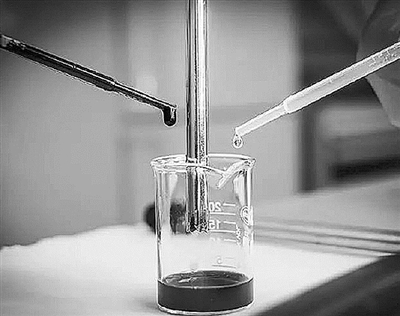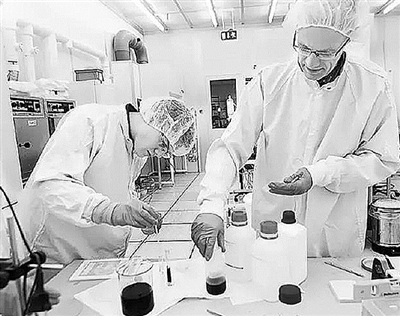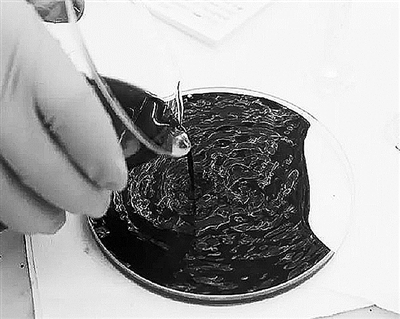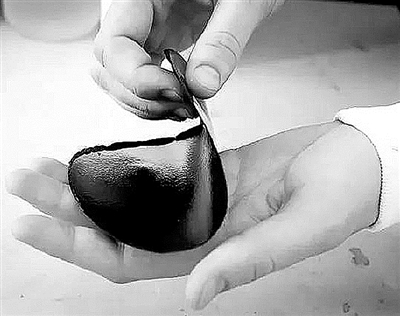Here comes the "paper battery"! Less than 1 mm thick, capacity 26800 mA.




Manufacturing process of "paper battery"
"It’s unbelievable!"
If alessandro volta, who invented the first "battery" 220 years ago, could see this "paper battery" with a thickness of less than 1 mm and a size smaller than that of an A4 piece of paper, but a full capacity of 26,800 mAh, he should also send out such feelings!
This "powerpaper" developed by Linxueping University in Sweden, although small and slim, has a capacity of 8 to 10 times that of ordinary mobile phone batteries, and can provide users with long-term and stable power output effortlessly. After more than 2000 discharge tests, the battery has no obvious loss, and its service life is twice that of lithium battery.
Because the material of this "paper battery" is a special substance synthesized by nanofibers, its texture is very soft and its feel is similar to that of ordinary paper. Moreover, under the action of high-pressure water column, engineers can reduce the fiber of this "paper" to 20 nanometers, which is only 1/5000 of the diameter of human hair. It also has excellent ductility and stability, and can still maintain a good discharge state after repeated folding.
In fact, in 2006, the research team led by Chinese scientist Zhang Xiachang had designed the world’s first "ultra-thin paper battery". They use electronic component printing technology to print pastes with different functions on semi-sheet substrates to form the positive and negative electrodes of batteries, and discharge them through related chemical reactions. In theory, the "paper battery" designed by Zhang Xiachang’s team can provide a long-term and stable power output environment, and can quickly release high-energy electricity like a super capacitor, thus making up for the shortcomings of traditional batteries.
"The traditional battery is a combination of several separate components, and ‘ Paper battery ’ It is to print all parts in a single structure through printing technology to make it more efficient. " Zhang Xiachang said that in an ideal state, the voltage of a single "paper battery" is 1.5 volts, which can be connected in series to form a battery with higher voltage, and the shape, size and thickness of the battery and the position of the anode and cathode of the battery can be adjusted according to specific requirements for various electrical appliances.
Because some technical means were not mature at that time, some technical bottlenecks were difficult to overcome, which led to the short discharge time and low power of the battery. It could not be widely used in medium and large electronic products such as digital cameras, mobile phones and watches, but was planned to be used in the field of "radio frequency identification" with low power consumption.
With the continuous progress of electronic technology, new electronic products such as folding mobile phones, folding watches and ultra-thin portable computers are constantly coming out, and the technology of "paper battery" is also constantly improving and innovating, which is close to the market demand.
According to the design concept of Zhang Xiachang’s team and the latest technical means, the latest "paper battery" developed by the research team led by Professor Xavier Crispin of Linxueping University in Sweden has made a qualitative leap in stability and practicality. In addition, this kind of "paper battery" encapsulated by conductive polymer coating is not only waterproof, but also can be recharged for hundreds of times, and each charge takes only a few seconds.
So, what changes can the "paper battery" with many advantages bring to us?
For example, because of the special physical properties of its internal lithium battery, the mobile phone’s body is too thick and its standby time is too short, which has always been a technical problem that many design teams can’t overcome. And all this will be solved because of the soft and cuttable characteristics of "paper battery", slim as paper, super-large capacity and stable output power.
In addition, the military field that countries attach great importance to will also be embraced with open arms. Perhaps in the near future, all kinds of portable radios, base stations and combat command systems loaded with "paper batteries" on the battlefield will be smaller and lighter; The chariot driven by "paper battery" will get rid of the heavy traditional energy and become faster and lighter; The medical rescue team can complete an operation with the help of a stack of "paper batteries" without considering the power supply; Unmanned aerial vehicles (UAVs) in the sky and unmanned boats in the sea will also expand the scope of reconnaissance because of the long-lasting endurance of "paper batteries" & HELIP; … (Li Lei Zhang Pan)